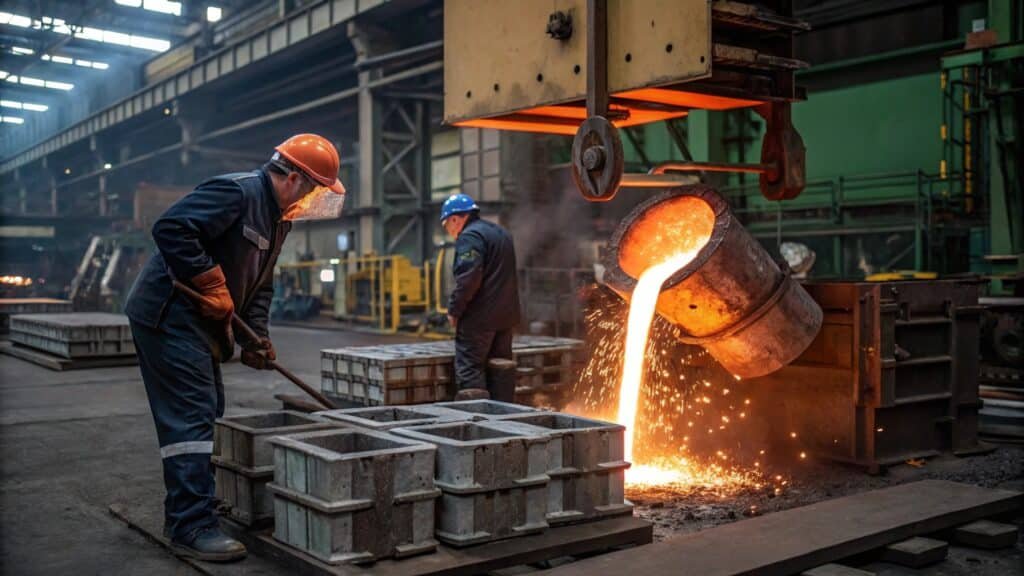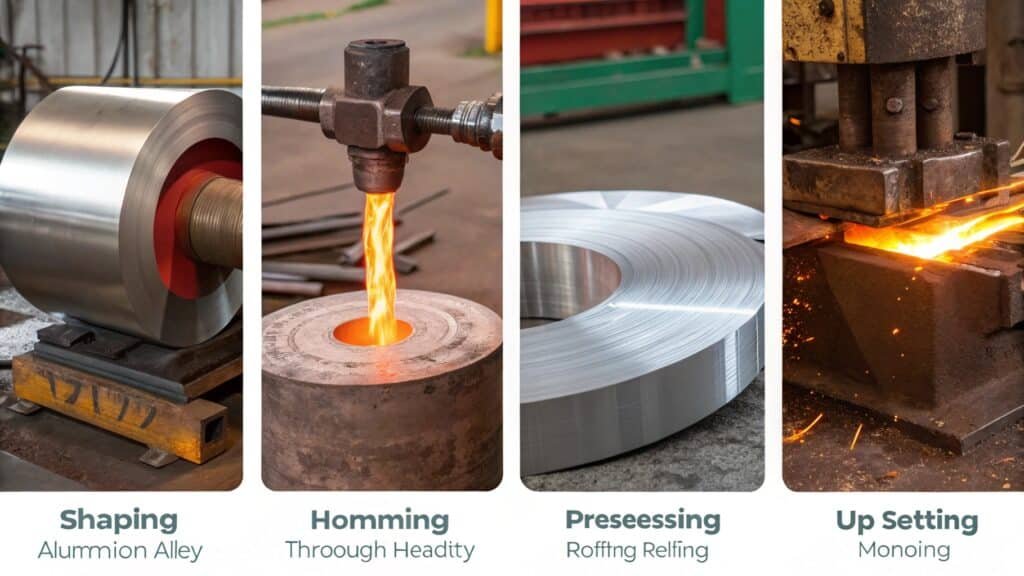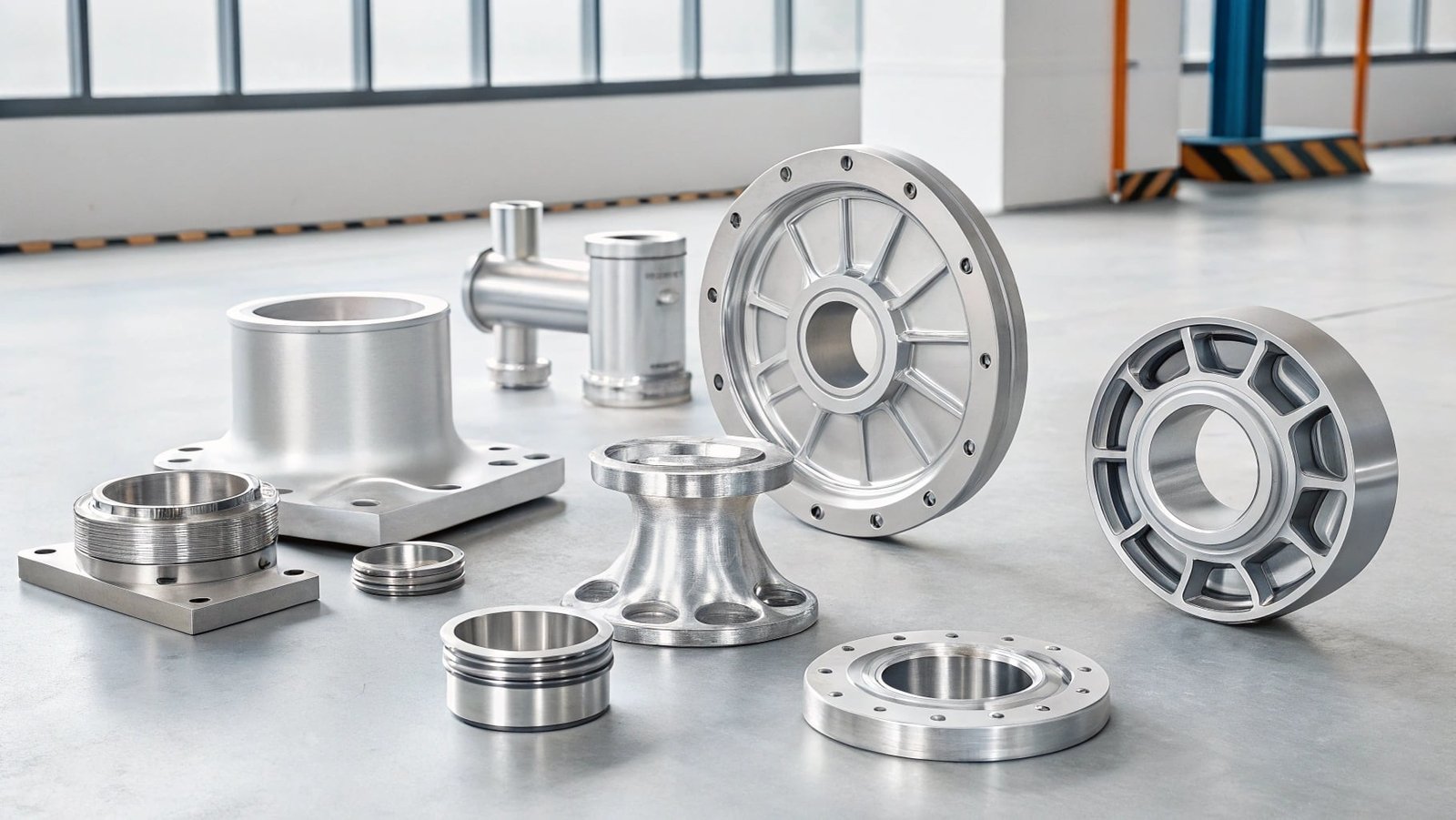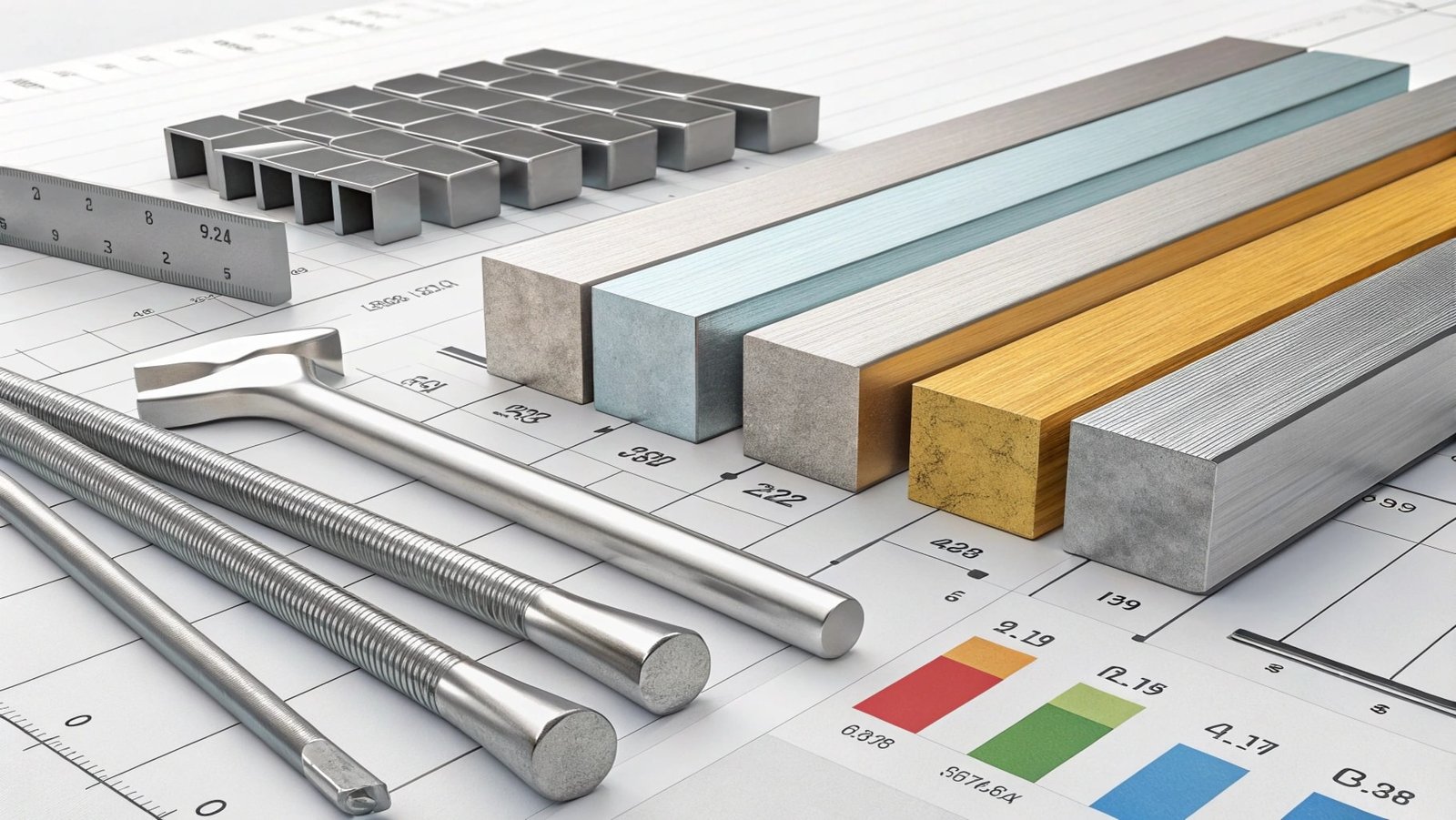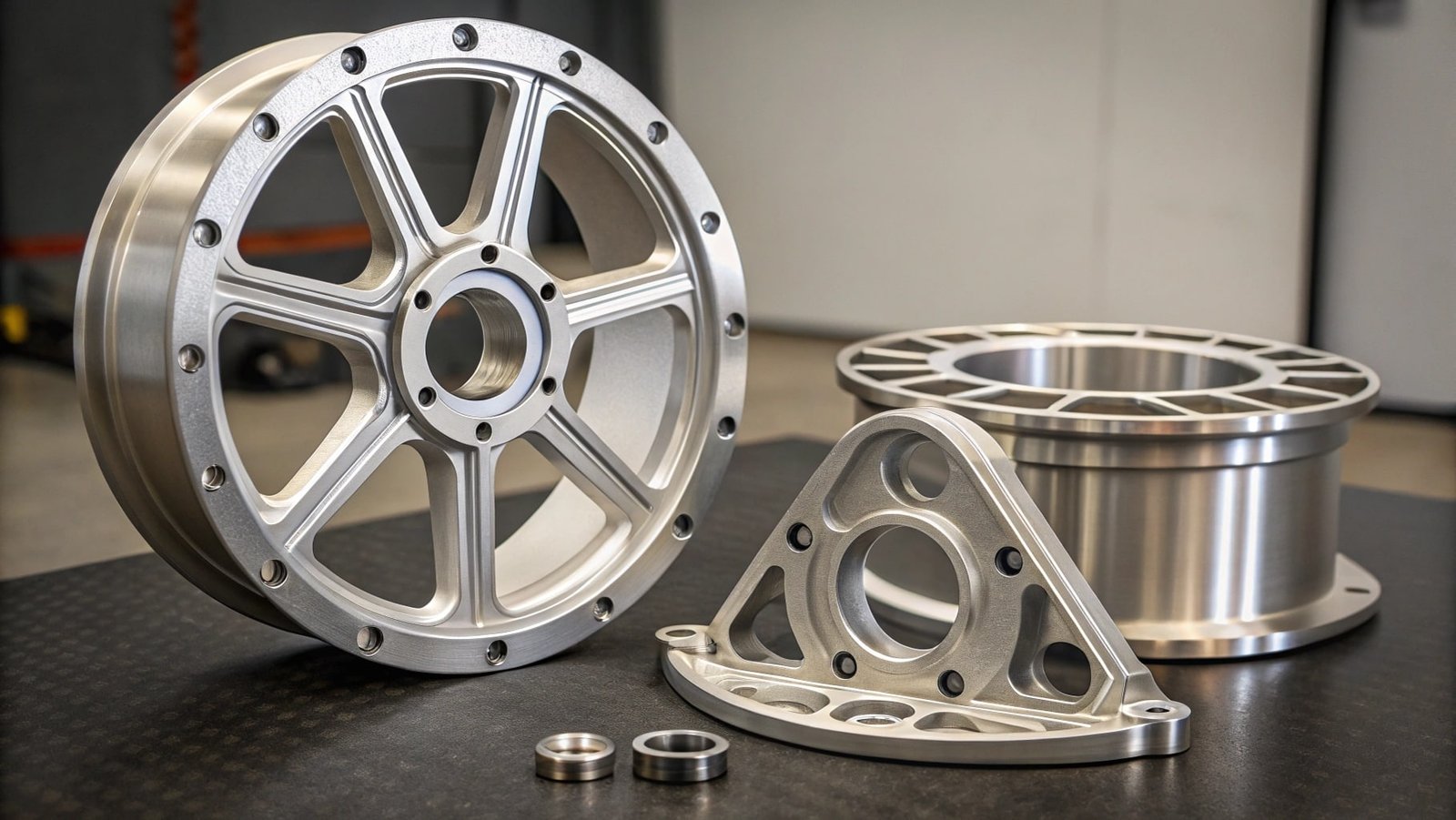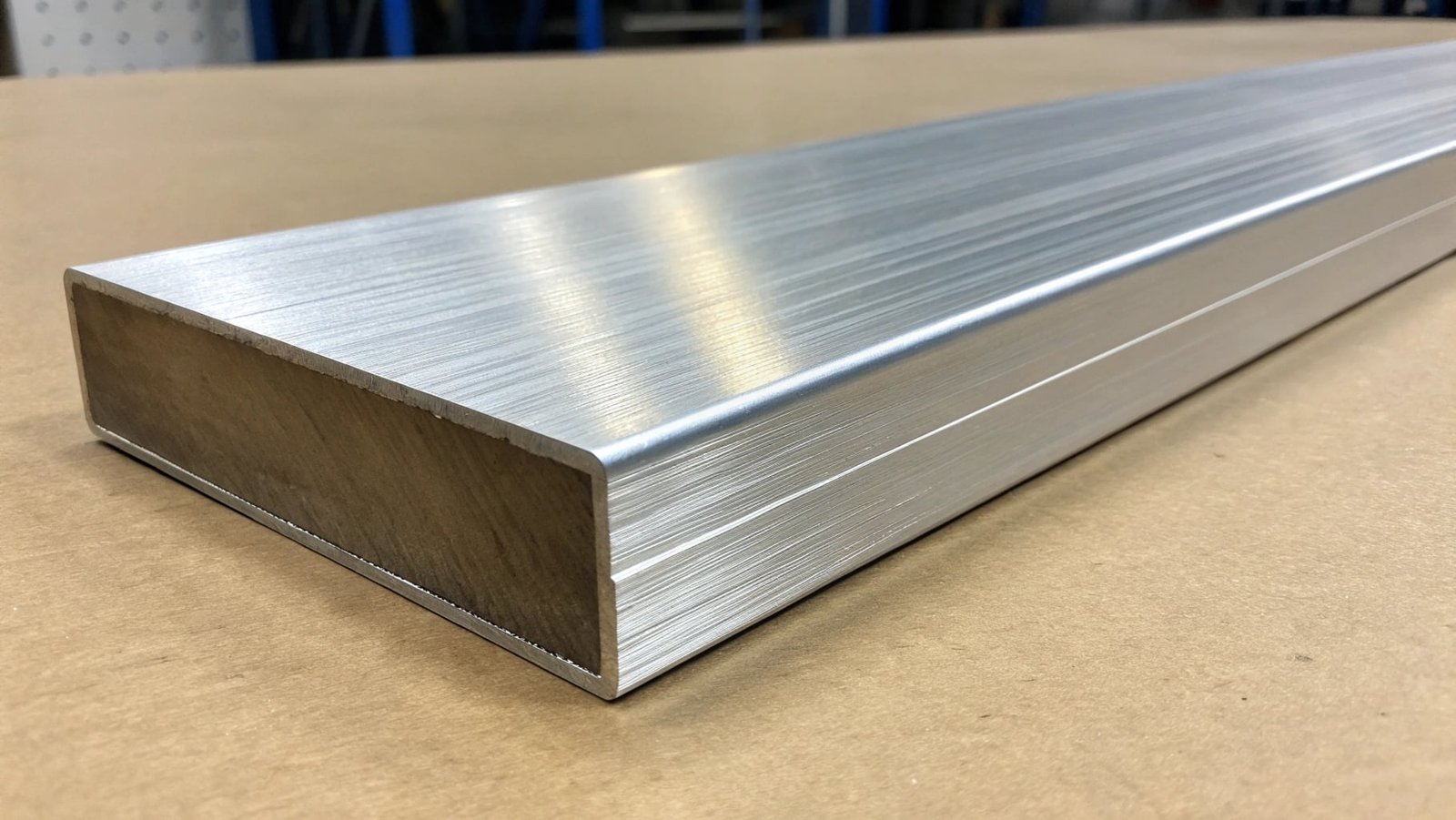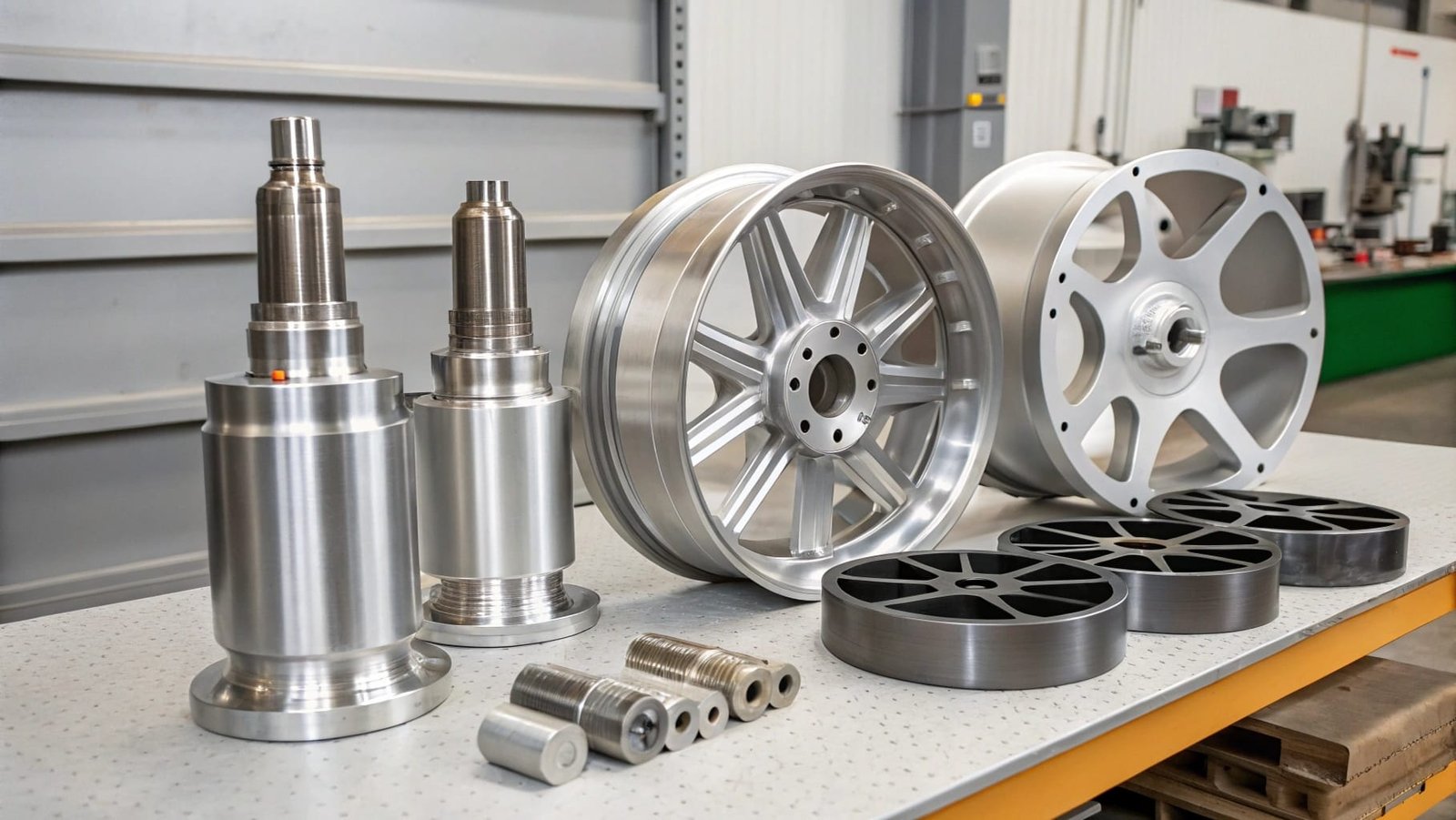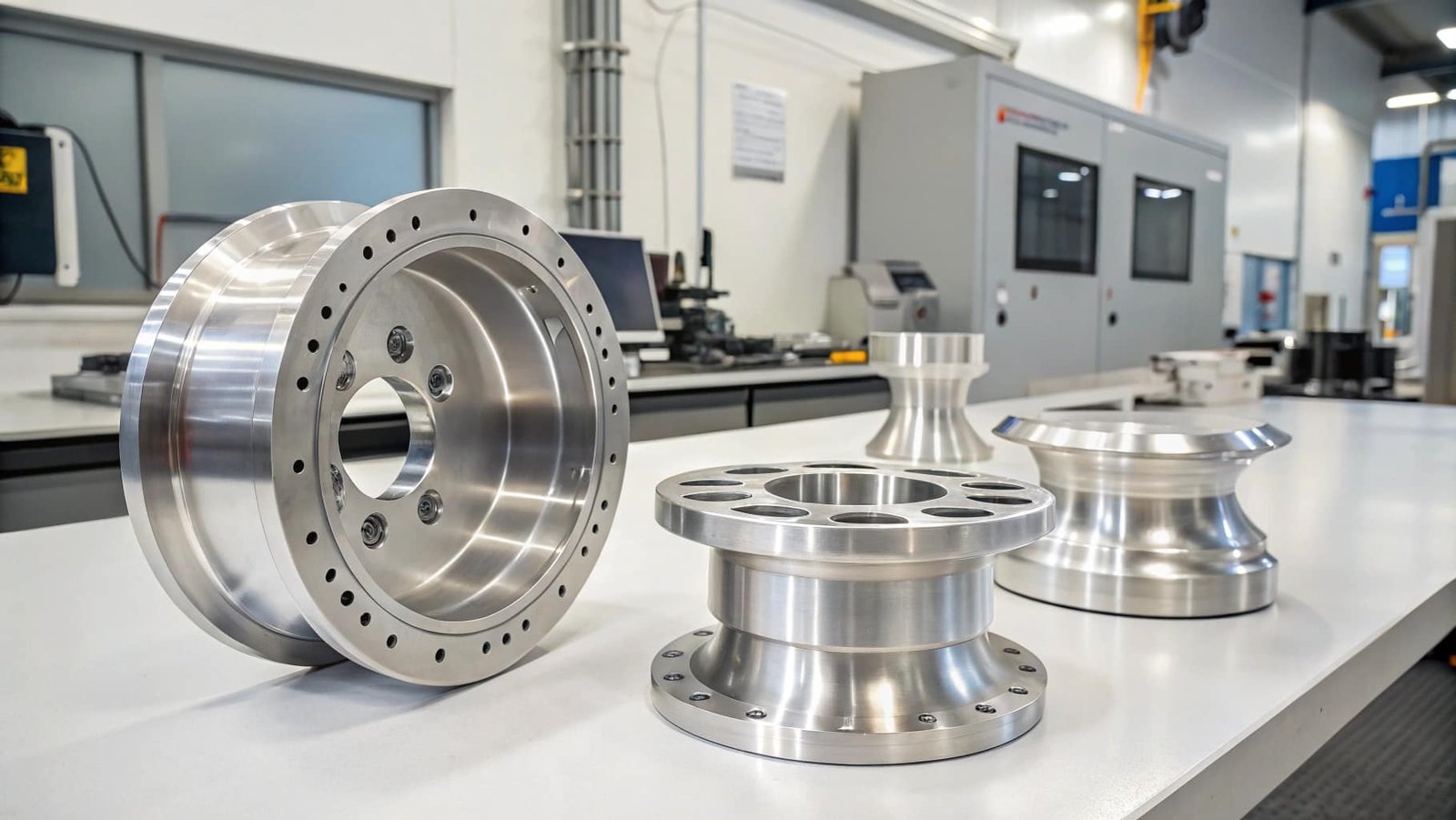Are you struggling to find the right aluminum forging for your project? We understand the frustration of navigating complex material specifications.
Aluminum forging offers superior strength and durability compared to other aluminum processing methods. It involves shaping aluminum at high temperatures, resulting in components with excellent mechanical properties, making them ideal for demanding applications.
Many clients come to us seeking robust aluminum solutions, and that’s where my expertise truly shines.
What is the process of forging aluminum?
When clients ask about the forging process, I often find myself explaining the foundational steps. It's a craft that requires precision and understanding of metal behavior.
The process of forging aluminum involves heating the metal to a specific temperature and then shaping it using compressive forces. This controlled deformation refines the grain structure, leading to stronger and more reliable components.
We can break down the entire aluminum forging process into several key stages. From initial material selection to the final quality checks, each step plays a crucial role. Understanding these stages helps appreciate the complexity and value of forged aluminum parts. It’s a journey that transforms raw metal into highly engineered components.
What are the 4 forging processes?
When clients inquire about different forging methods, it’s important to highlight the primary techniques. Each method has its unique advantages and applications.
The four main forging processes are open-die forging1, closed-die forging2, upset forging, and ring rolling. Each process uses specific tooling and techniques to shape heated aluminum into desired forms, offering distinct benefits for different manufacturing needs.
Understanding these four primary forging processes is crucial for selecting the most suitable method for a given application. Each technique, from open-die to closed-die, upset forging, and ring rolling, offers unique advantages in terms of precision, cost-effectiveness, and the complexity of shapes that can be produced.
- Open-die forging is versatile. It uses simple tools. We can make various shapes. It's good for custom parts and smaller runs.
- Closed-die forging, also known as impression-die forging, is very precise. The metal fills a mold cavity. This gives excellent detail and consistency. It’s ideal for high-volume production of complex parts.
- Upset forging increases the diameter of a metal bar. We do this by reducing its length. It’s commonly used for making bolts and shafts.
- Ring rolling shapes heated metal into rings. We use rollers to thin and shape the metal. This is perfect for producing seamless rings like those used in bearings or pipes.
Each of these processes requires careful control of temperature, force, and tooling to achieve the desired metallurgical properties and dimensional accuracy in the final aluminum component. As a supplier, knowing these nuances helps me guide customers to the best solution for their specific needs, whether they are traders looking for consistent quality or machining companies needing exact specifications.
What are the various 5 steps in the forging process?
Clients often want to know the step-by-step journey of how their aluminum parts are made. It’s a process that demands attention to detail at every stage.
The forging process typically involves five key steps: material selection, heating, shaping (or deformation), finishing, and inspection. Each step is critical for ensuring the final product meets required specifications and quality standards.
Delving into the five core steps of the forging process reveals the meticulous nature of creating high-quality aluminum components. From the initial selection of the right aluminum alloy to the final stringent inspections, each phase is designed to optimize the material’s properties and ensure it meets the exact requirements of our diverse clientele, including precision-focused machining customers and bulk-ordering traders.
| Step | Description | Importance for SWA Forging |
|---|---|---|
| 1. Material Selection | Choosing the correct aluminum alloy is the first crucial step. Different alloys offer varying strength, corrosion resistance, and workability. We consider the end-use application and customer specifications. | As a specialized manufacturer, our expertise in selecting alloys like 6061 or 7075 ensures the final product's performance. This directly impacts downstream machining and assembly for industries like automotive and aerospace. |
| 2. Heating | The aluminum billet or workpiece is heated to a specific temperature range. This makes the metal pliable and easier to shape. The temperature must be precisely controlled to avoid damaging the alloy's microstructure. | Our advanced heating furnaces ensure uniform temperature distribution. This prevents localized overheating or underheating, which could compromise the forged part's integrity and strength. |
| 3. Shaping/Deformation | This is where the forging takes place. Using dies and immense pressure, the heated aluminum is forced into the desired shape. This can be done through open-die, closed-die, upset forging, or ring rolling methods, depending on the complexity of the part. | Our state-of-the-art forging presses and skilled technicians execute these shaping processes with high precision. This stage refines the grain structure, enhancing the material’s mechanical properties. |
| 4. Finishing | After forging, the part may undergo further processing. This can include trimming excess material (flash), heat treatment (like annealing or strengthening), shot blasting for surface finish, and machining for tight tolerances. | We offer comprehensive finishing services. Heat treatment optimizes the mechanical properties based on application needs, and precise machining ensures dimensional accuracy demanded by our machining customers. |
| 5. Inspection | The final stage involves rigorous quality control. This includes dimensional checks, visual inspections for surface defects, hardness testing, and often non-destructive testing (NDT) like ultrasonic or magnetic particle inspection to ensure internal soundness. | Our commitment to quality is paramount. We provide product quality certificates and readily offer third-party certifications like SGS, BV, or TUV. This assures traders and manufacturers that our products meet global standards. |
This structured approach ensures that every aluminum forged part we produce, whether it's a large-diameter ring for industrial machinery or a specialized disc for aerospace, meets the highest standards.
What are the common applications of the forging-forming process?
The strength and reliability of forged aluminum make it indispensable across many sectors. I often discuss these applications with clients to help them visualize the benefits.
Forged aluminum is widely used in industries requiring high strength-to-weight ratios and exceptional durability. Common applications include automotive components, aerospace parts3, marine hardware, industrial machinery, and even sporting goods.
The versatility of forged aluminum means it’s a material of choice for demanding applications across various industries. Its inherent strength, combined with aluminum’s lightweight nature, makes it ideal for components where performance and reliability are critical. As a manufacturer, we see firsthand how these forged parts contribute to the efficiency and safety of end products.
Here's a look at some key sectors and how forged aluminum is applied:
- Automotive Industry: Forged aluminum components are crucial for modern vehicles. Think of suspension parts, wheel hubs, crankshafts, and engine components. Forging provides the strength needed to withstand high stresses and impacts, while its light weight contributes to better fuel efficiency.
- Aerospace Industry: In aviation, weight reduction is paramount. Forged aluminum alloys are used for structural components, landing gear parts, engine parts, and airframes. The high strength-to-weight ratio and fatigue resistance of forged aluminum are essential for flight safety and performance.
- Marine Hardware: Boats and ships often use forged aluminum for cleats, winches, and other fittings. These components need to be strong and highly resistant to corrosion from saltwater, which forged aluminum alloys provide.
- Industrial Machinery: Heavy machinery relies on robust components. Forged aluminum is used for gears, shafts, levers, and housings in manufacturing equipment, construction machinery, and agricultural tools. The durability of forged parts ensures longevity and reduces maintenance downtime.
- Sporting Goods: Even in recreational items, forged aluminum finds its place. High-performance bicycle frames, components for baseball bats, and parts for outdoor equipment benefit from the strength and light weight that forging provides.
My role at SWA Forging is to ensure we meet the specific needs of each of these industries. Whether it's providing traders with consistently high-quality material for resale or delivering precisely machined components to manufacturers, understanding these applications helps me guide our production and quality control processes.
Conclusion
Aluminum forging creates strong, reliable parts for many industries. Understanding the types, processes, and applications helps you choose the best solution.

